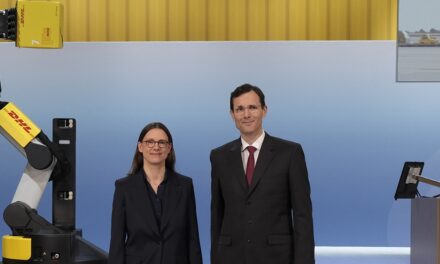
Deutsche Post to develop own electric postal delivery vehicle
Deutsche Post has teamed up with a group of electric vehicle developers to come up with a “completely new” kind of electric postal delivery vehicle. Hopes are that a cheaper alternative could be devised than current electric vehicles on the market – by catering the vehicle’s design to the specific needs of postal delivery.
The vehicles will not need to drive particularly quickly, and only over relatively short distances.
The project will be based on the “StreetScooter” vehicle being developed by a consortium of more than 30 European companies, under the umbrella of StreetScooter GmbH, a spin-off company from RWTH Aachen University.
The StreetScooter itself is to be unveiled as a concept at the Frankfurt Motor Show, which starts later this week. A car, rather than a scooter, it is designed with a short-range focus in mind.
Hopes are that a prototype will be on the road in the fall of 2012.
Jürgen Gerdes, Board of Management Member responsible for Mail at Deutsche Post, said the project formed part of his company’s efforts to reduce its environmental impacts.
“As operators of one of the largest vehicle fleets in Germany, we have a special interest in deploying vehicles that emit no emissions, are economically efficient and can handle the daily stresses and strains of delivery work,” he said.
Requirements
Deutsche Post said its postal StreetScooter would have to be able to handle 200 stops a day and be in use for up to 300 days of the year.
The vehicle will not have to travel at high speeds, but will need to be robust over short hauls, while having enough load capacity to handle a day’s mail and parcels.
Deutsche Post said electric vehicles currently on the market meet “some of these requirements”, but could not yet be manufactured economically.
Dr. Achim Kampker, General Manager at StreetScooter GmbH, said: “The StreetScooter is a car that companies will be able to count on and obtain economically efficient values.”
Deutsche Post’s mail division already uses 60 electric vehicles as well as 200 more using other forms of alternative drivetrain technology.
The Group as a whole now has more than 3,500 alternative vehicles in its fleet as it strives towards its goal of cutting carbon emissions by 30%, compared to 2007 levels, by 2020.












